Student-built electric plane takes to the Swiss skies
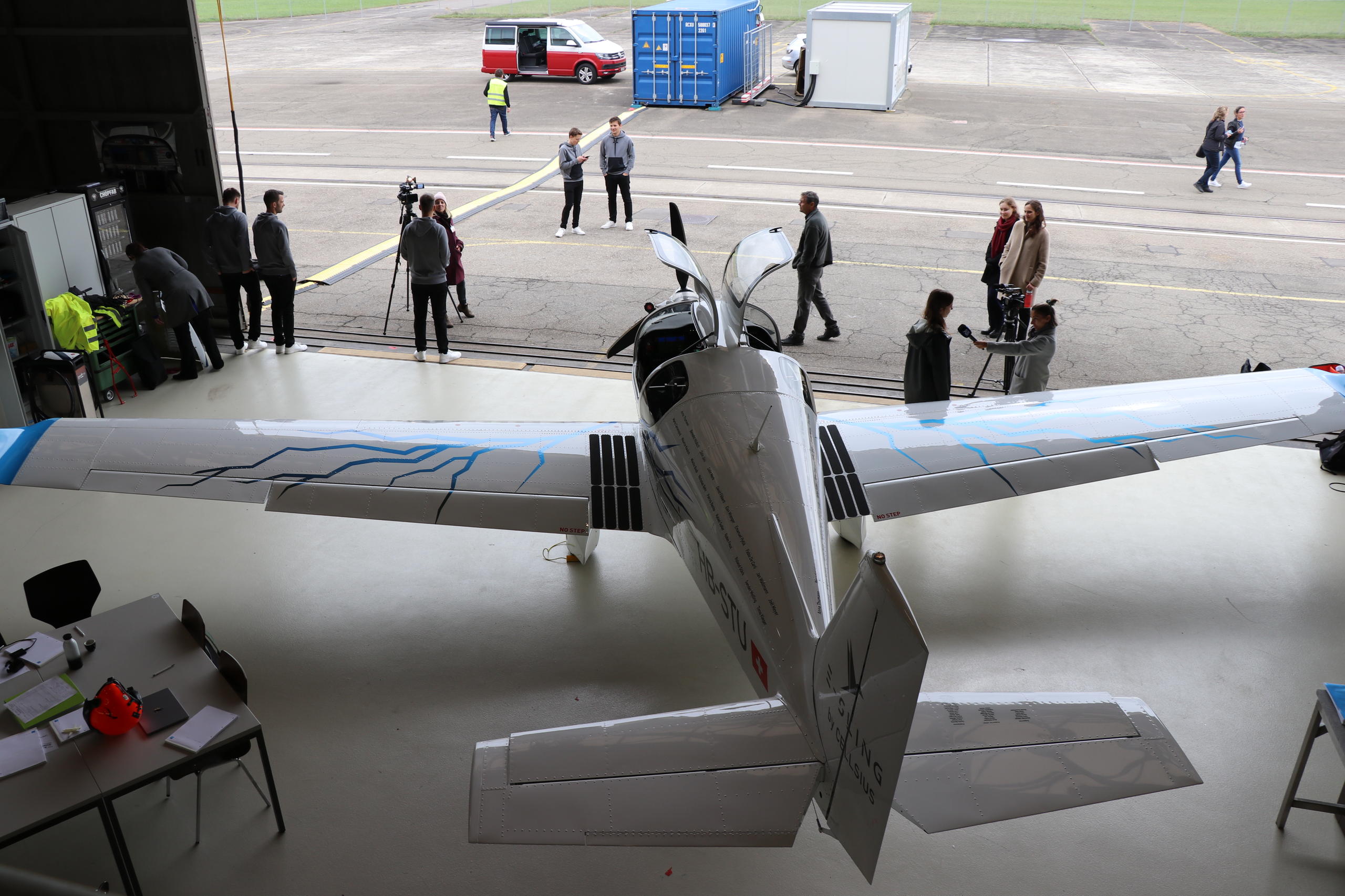
A four-seater battery-powered electric plane, known as the e-Sling, developed by students at the federal technology institute ETH Zurich, completed its maiden flight last week. The innovative aviation project has drawn praise from Swiss adventurer Bertrand Piccard.
For the past two years a team of 20 engineering students at the ETH Zurich has been working on a special project for their bachelor’s degree: the creation of an electric aircraft.
Together the team designed, assembled and tested the light aircraft at the Dübendorf innovation park, located near Zurich. On September 29, the aircraft finally left its hangar for its maiden flightExternal link (see video below). In all, seven test flights were completed that day to mark the official launch of the e-Sling.
“Being able to construct an aircraft during your studies and then actually see it flying is an indescribable feeling,” saidExternal link mechanical engineering student Maurice Kaulich.
The outer shell of the single-engine plane was not built in Switzerland. It was made by the South African kit aircraft manufacturer Sling Aircraft – hence the name e-Sling.
The young students focused instead on the “e” aspect of the plane. A traditional light aircraft combustion engine was replaced by an electric propulsion mechanism, powered by a modular battery system fitted with a special cooling network.
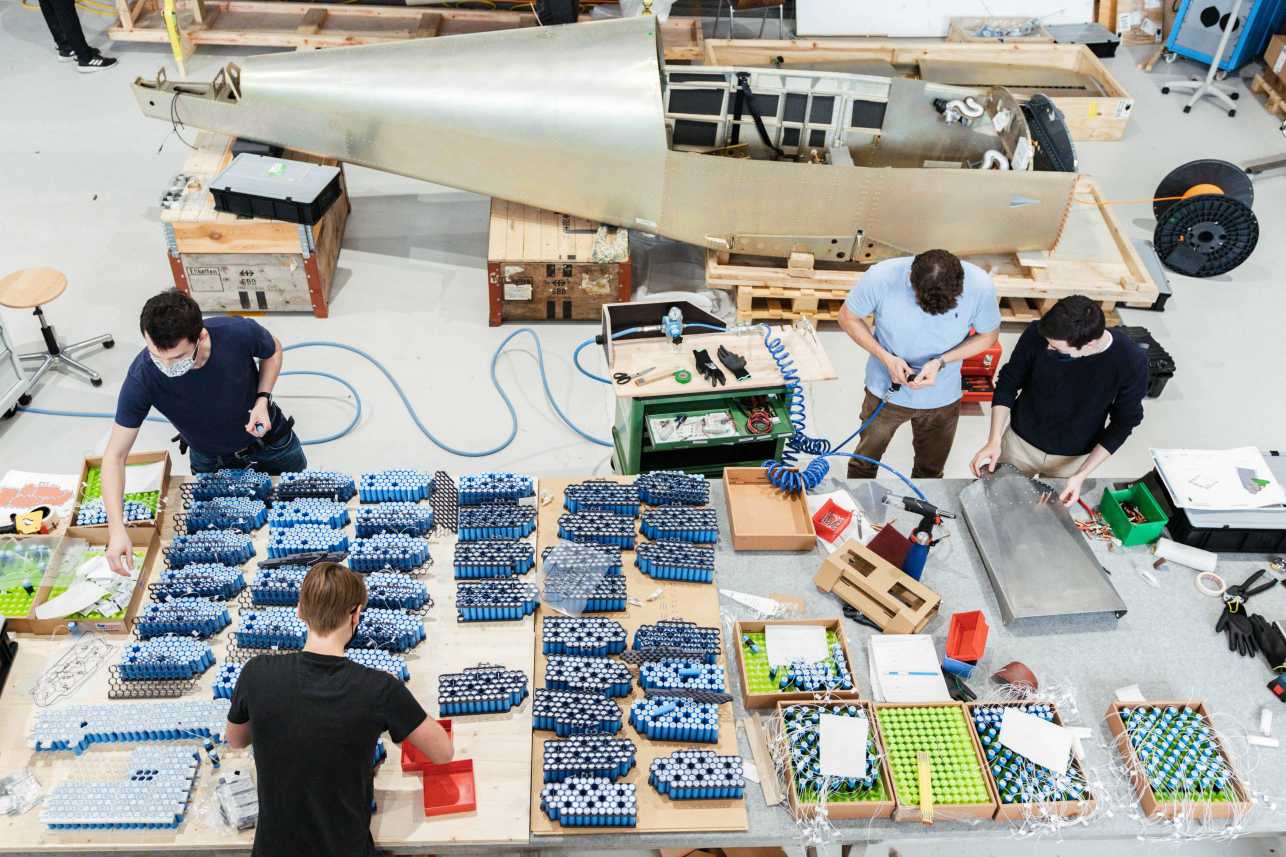
As with all electric planes, the critical elements are the battery and the weight, as every gram counts in the air.
The e-Sling is the first electric aircraft to be fitted with a modular battery system. Batteries can be exchanged during a stopover.
The engine weighs only 42 kilogrammes while the batteries in the two wings weigh 224kg. This gives the plane a range of around 180km or one hour.
In the future the team wants to develop a hydrogen propulsion system for the aircraft which is lighter and cheaper and thus increases the aircraft’s range. The next group of ETH Zurich engineering students will take on this challenge.
The e-Sling is known as a “focus project”, which allows young students to put their theoretical knowledge into practice, but it does not end once they have moved on. Like a relay race, the project is passed on to the next generation. The group that has just taken over the project is already the third.
Pioneer’s salute
Back in 2015-2016, Swiss adventurer Bertrand Piccard completed the first zero-emission round-the-world flight in the Solar Impulse aircraft together with pilot André Borschberg. Now president of the foundation of the same name, he is full of praise for the ETH Zurich initiative.
“Our goal with Solar Impulse was to carry a message and not passengers,” he told SWI swissinfo.ch in an email. “We wanted to show that clean technologies can achieve goals that were previously impossible. Our greatest reward now is to see projects that are inspired by this spirit.”
There are currently over 600 electric plane projects being implemented worldwide, according to Piccard. These include the Pipistrel Velis Electro, the world’s first certified electric plane. This is a Slovenian-built plane that is used as a training aircraft in Switzerland.
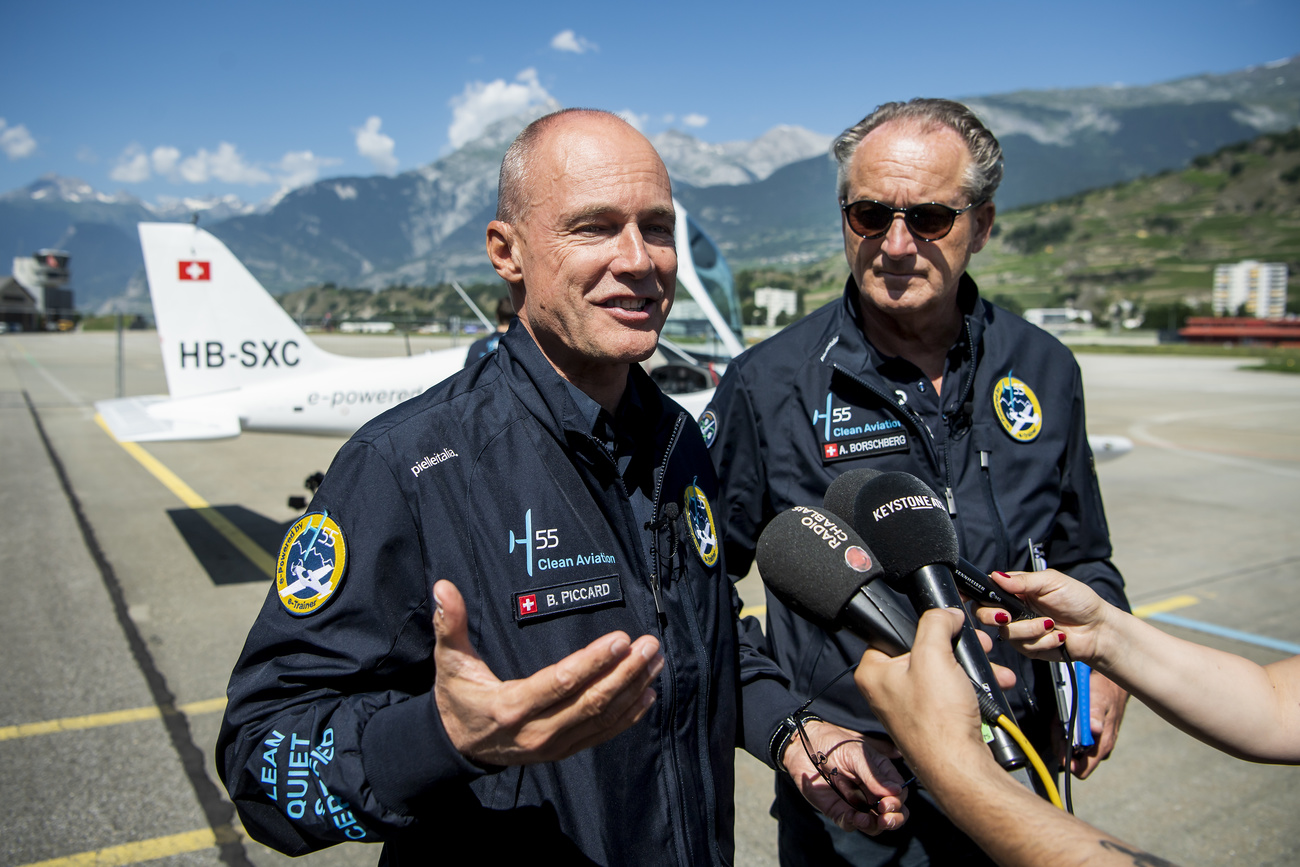
In the Alpine country, the Sion-based firm H55External link, led by Borschberg, is making great progress in developing certified electric propulsion and battery systems that are applicable to all aircraft. The company recently signed a contract with American engine manufacturer Prat & Whitney to electrify a 20-seat aircraft.
In addition, there are numerous hydrogen-powered projects underway. The Anglo-American hydrogen-electric aircraft manufacturer ZeroAvia has announced the creation of a 20-seater aircraft with 500km autonomy for 2025. Airbus is also working on medium-haul electric planes for 2035.
“But there is still a big step between intention and realisation,” Piccard said.
He admits that while Switzerland has a long tradition of innovation, as far as electric aviation and drones are concerned, “apart from Solar Impulse and H-55, Switzerland is behind other countries such as France, the United States and China.”
Translated from French by Simon Bradley
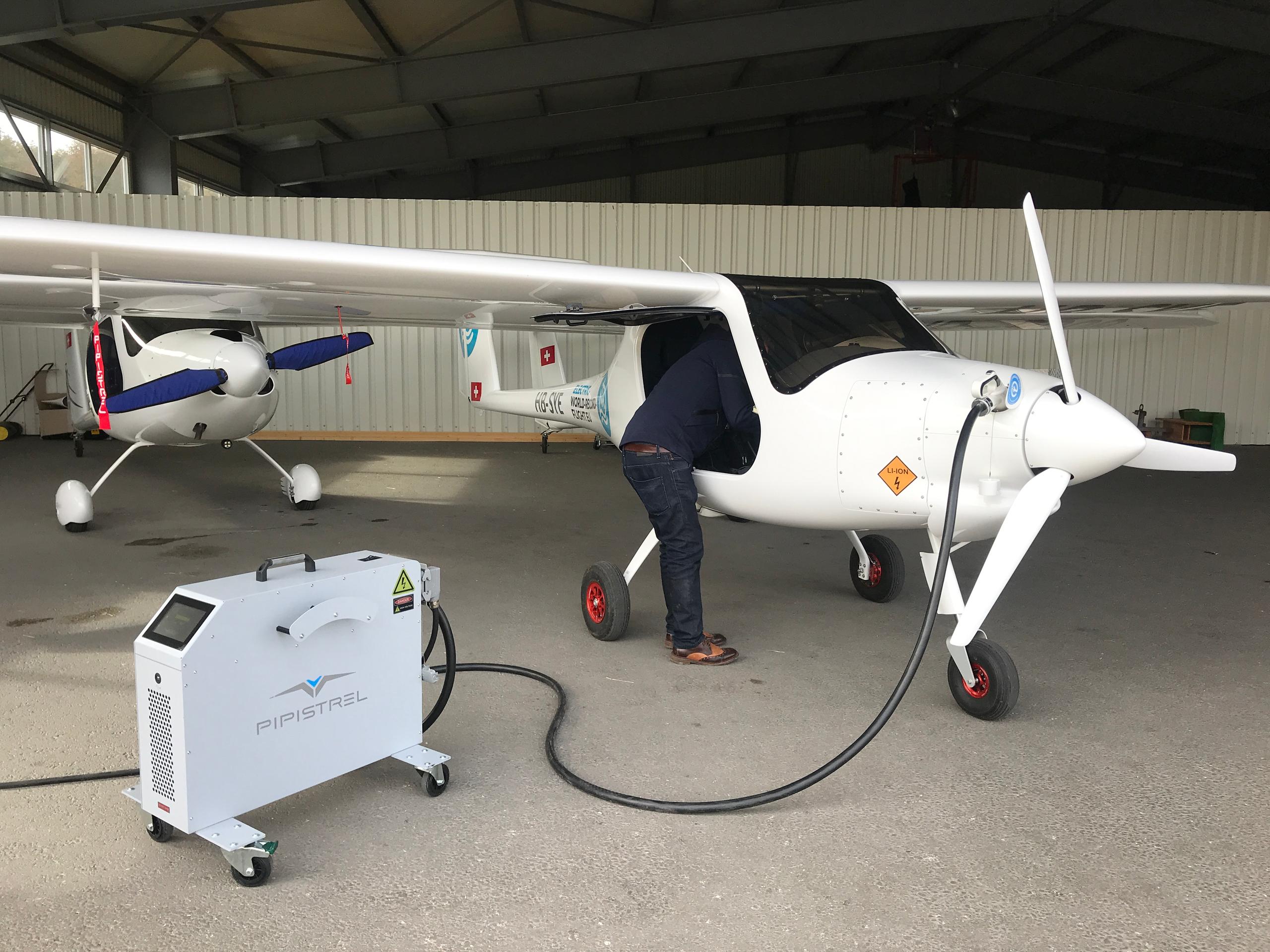
More
Electric planes: a quiet revolution in the Swiss skies
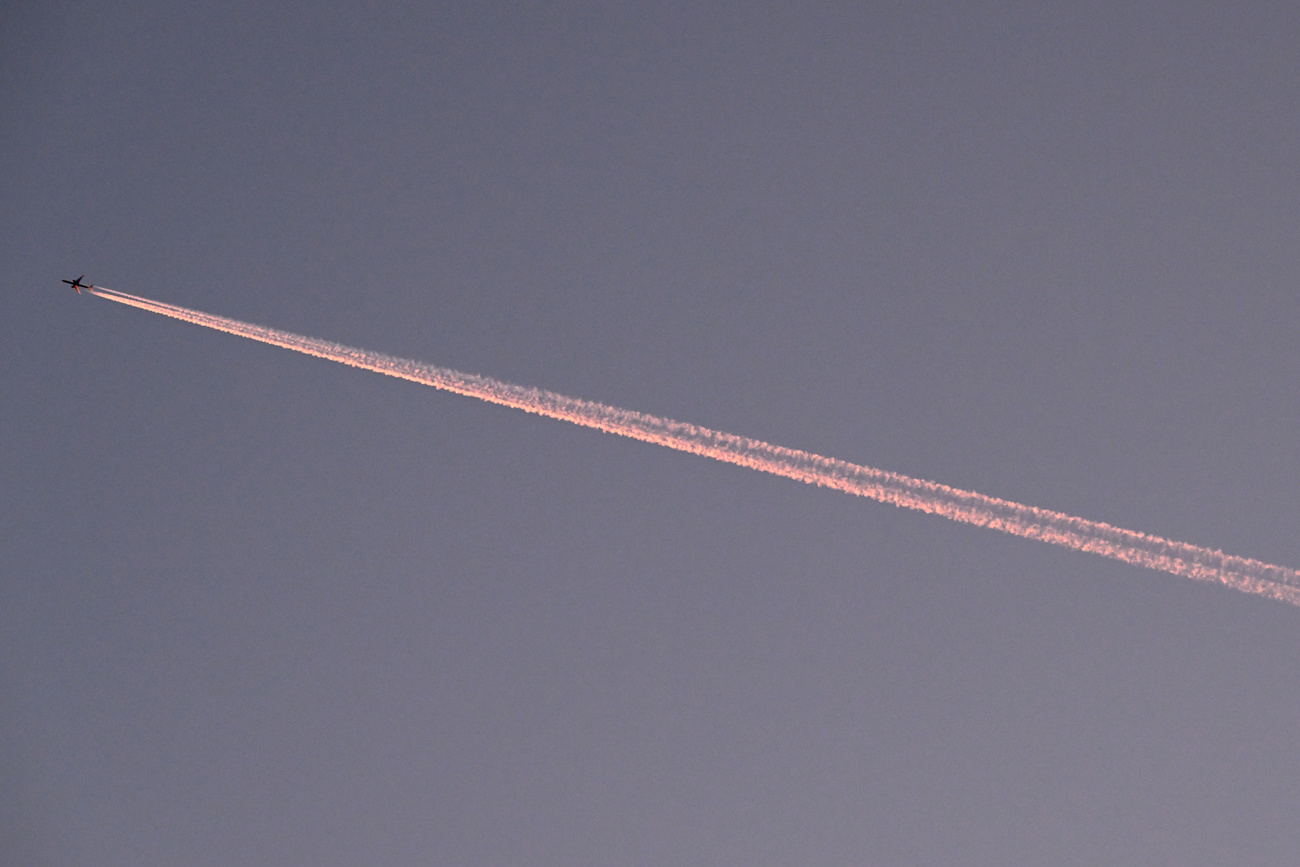
More
SWISS plans partial shift towards solar fuel

In compliance with the JTI standards
More: SWI swissinfo.ch certified by the Journalism Trust Initiative
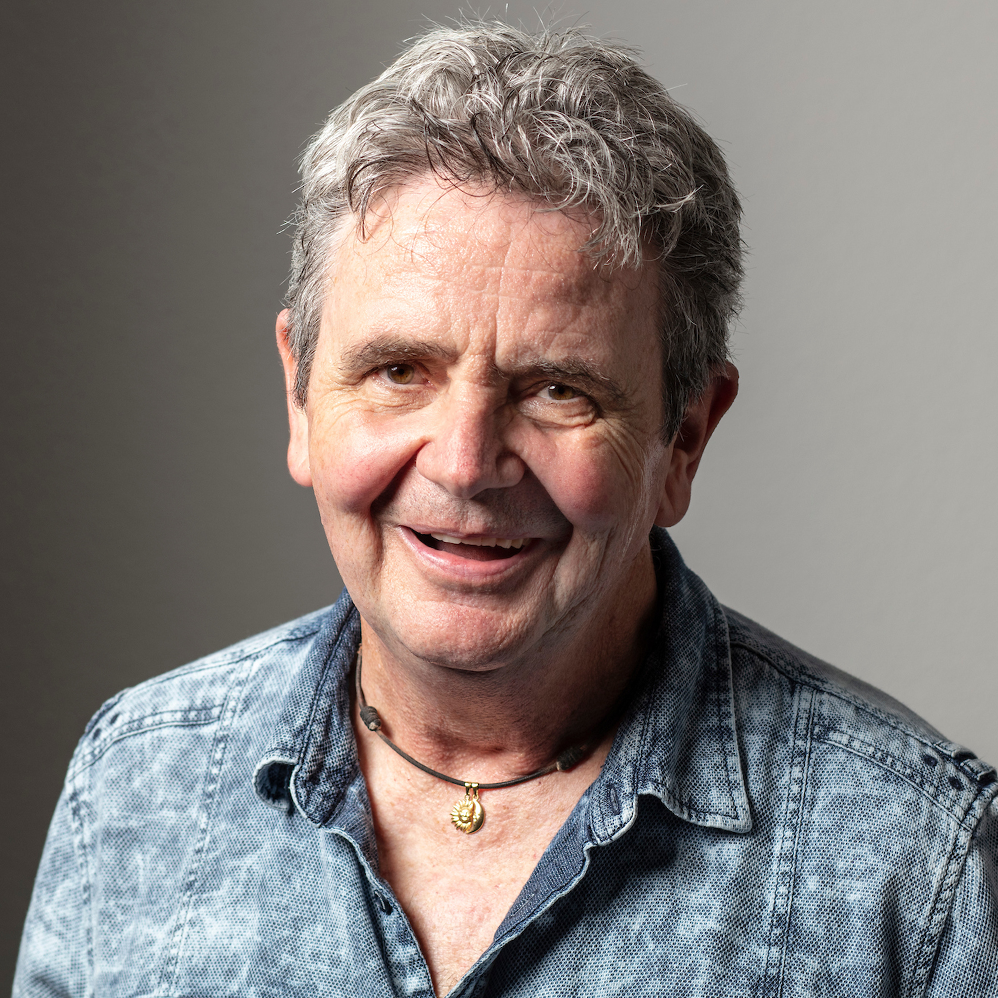
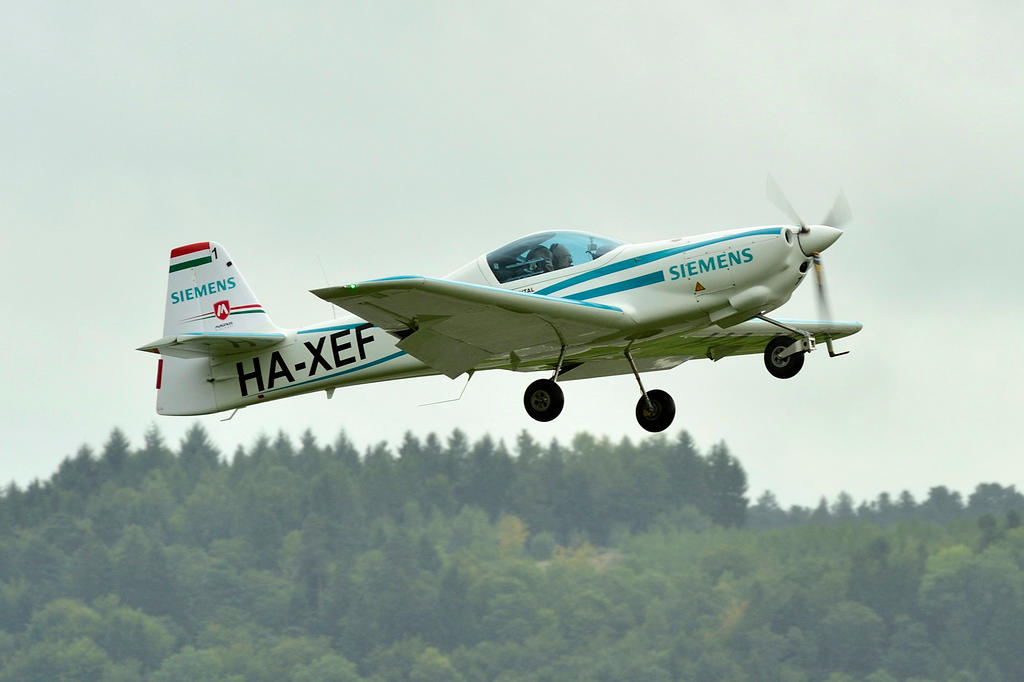
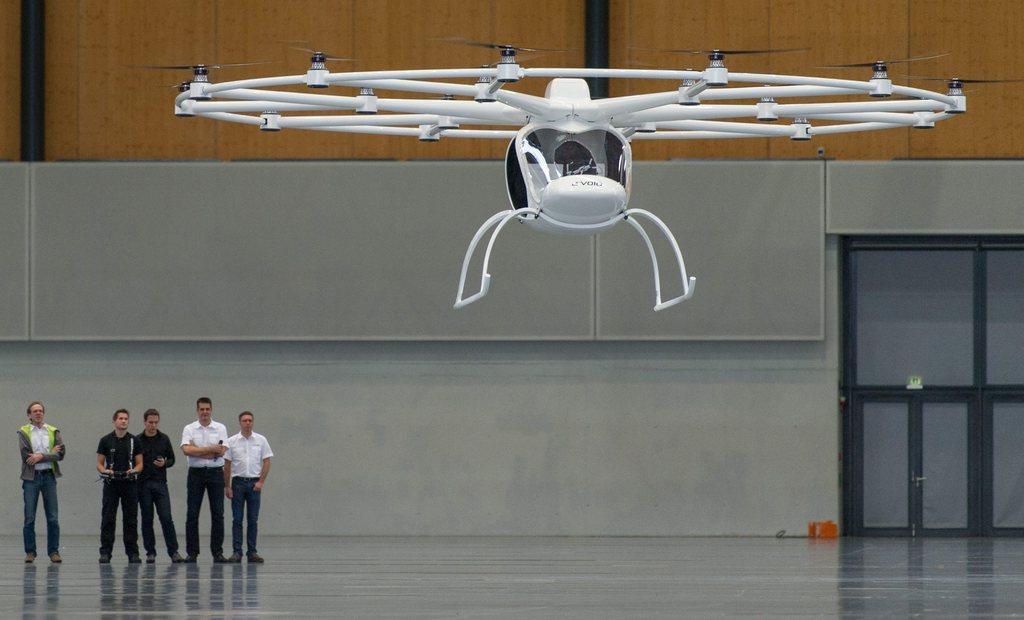
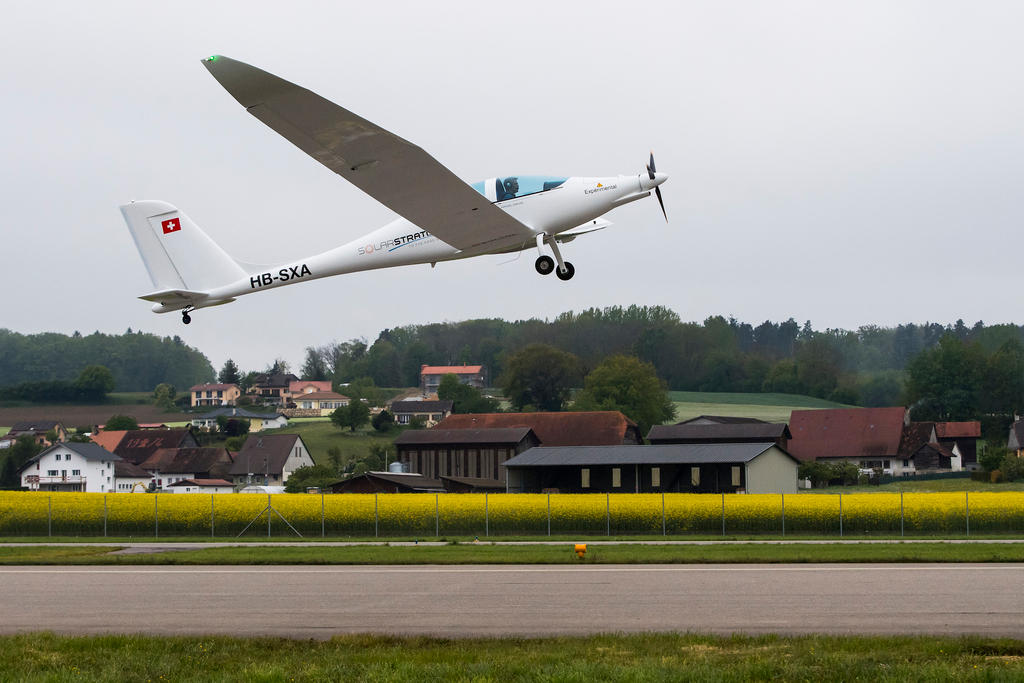
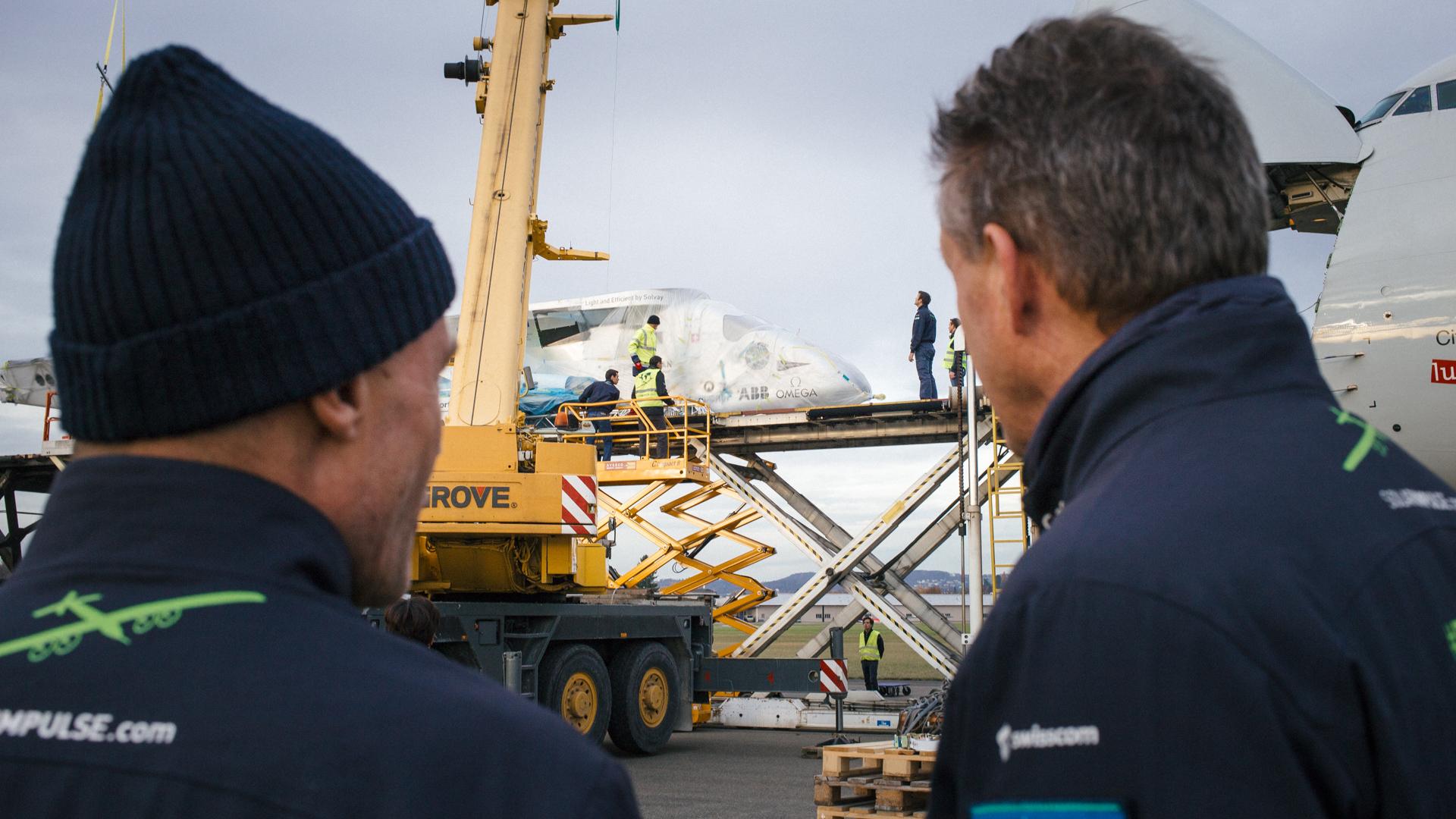
You can find an overview of ongoing debates with our journalists here. Please join us!
If you want to start a conversation about a topic raised in this article or want to report factual errors, email us at english@swissinfo.ch.